Rene Descartes was a French philosopher, mathematician and scientist. Known as the father of modern Western philosophy, much of subsequent Western philosophy is a response to his writings, which are studied closely to this day. Take a look below for 30 more interesting and fun facts about Rene Descartes.
1. A native of the Kingdom of France, he spent about 20 years of his life in the Dutch Republic after serving for a while in the Dutch States Army of Maurice of Nassau, Price of Orange and the Stadholder of the United Provinces.
2. He is generally considered one of the most notable intellectual representatives of the Dutch Golden Age.
3. Descartes’ Meditations on First Philosophy continues to be a standard text at most university philosophy departments.
4. Descartes’ influence in mathematics is equally apparent. The Cartesian coordinate system was even named after him.
5. He’s credited as the father of analytical geometry, the bridge between algebra and geometry, used in discovery of infinitesimal calculus and analysis.
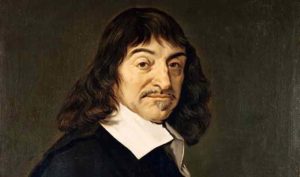
6. Descartes was one of the key figures in the scientific revolution.
7. He refused to accept the authority of previous philosophers. He frequently set his views apart from those of his predecessors.
8. In the opening section of the Les passions de l’ame, a treatise on the early modern version of what are now commonly called emotions, Descartes goes so far as to assert that he will write on this topic, “as if no one had written on these matters before.”
9. His best known philosophical statement is “Cogito ergo sum”, which translates to “I think, therefore I am.”
10. Many elements of his philosophy have precedents in late Aristotelianism, the revived Stoicism of the 16th century, or in earlier philosophers like Augustine.
11. In his natural philosophy, he differed from the schools on two major points: first, he rejected the splitting of corporeal substance into matter and form; second, he rejected any appeal to final ends, divine or natural, in his explaining natural phenomena.
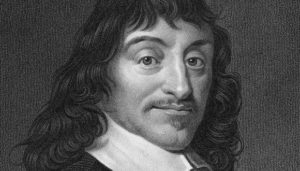
12. In his theology, he insists on the absolute freedom of God’s act of creation.
13. Descartes laid the foundation for 17th century continental rationalism, later advocated by Spinoza and Leibniz, and opposed by the empiricist school of thought consisting of Hobbes, Locke, Berkeley, and Hume.
14. In 1633, Descartes decided not to publish one of his works, Treatise on the World, following the decision by the Catholic Church to condemn Galileo for heresy.
15. His work formed the basis for 17th century rationalism, which was later supported by Baruch Spinoza and Gottfried Leibniz, as all three were highly educated in the different areas of mathematics.
16. He believed that understanding science would be source of true wisdom and the major purpose of his life’s work.
17. Descartes formulated a new philosophy on analytical geometry, specifically the concept that mathematics could be applied to philosophy.
18. According to accounts, Descartes had a “vision” while locked in an oven room. In that time, he had several visions and, therefore, believed that they were divinely inspired.
19. While studying engineering with the express intent of becoming a military engineer, Descartes was required and encouraged to study as much as he could in the various fields of mathematics.
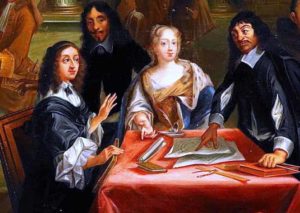
20. With Descartes’ early desire to become a career military officer following earning his law degree, he enlisted in the Army of Breda in the Dutch Republic, under the command of Maurice of Nassau.
21. His father wanted him to be a lawyer, and he earned a Baccauleraut from the University of Poitiers, in 1616.
22. In 1628, he published his first essay, Rules for the Direction of the Mind, which outlined the proper method for scientific and philosophical thinking.
23. Early on in his life, he sold his property to invest in bonds, which gave him a regular income throughout his life.
24. His works were placed on the List of Prohibited Works by the Vatican in 1663, for their theories.
25. Descartes defined the convention of representing unknown values as x,y,z and known values as a,b,c in algebra.
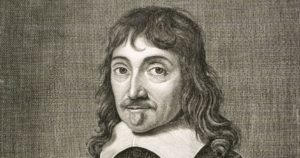
26. He use superscripts to show powers or exponents.
27. He made the Rule of Signs, which is used to determine the number of negative or positive real roots of a polynomial.
28. His work in analytical geometry was the basis for Newton and Leibinz to develop calculus, and in a way, lead to the rise of modern mathematics.
29. Newton continued Descartes’ work on cubic equations, which freed the subject from the fetters of the Greek perspective.
30. Although Descartes was well known in academic circles towards the end of his life, the teaching of his works in schools was controversial.

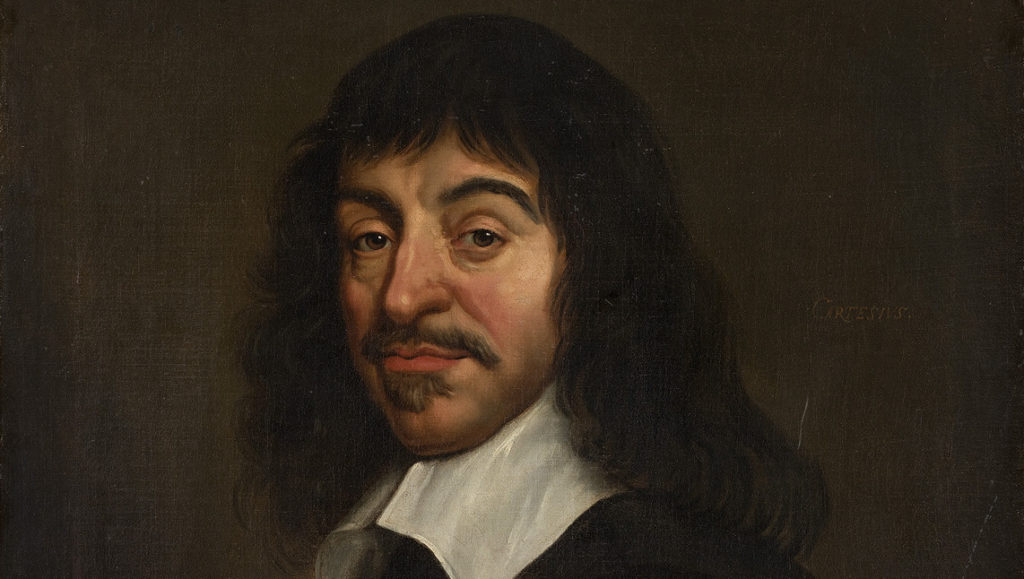



One Comment
Pingback:
July 20, 2018 at 10:49 am